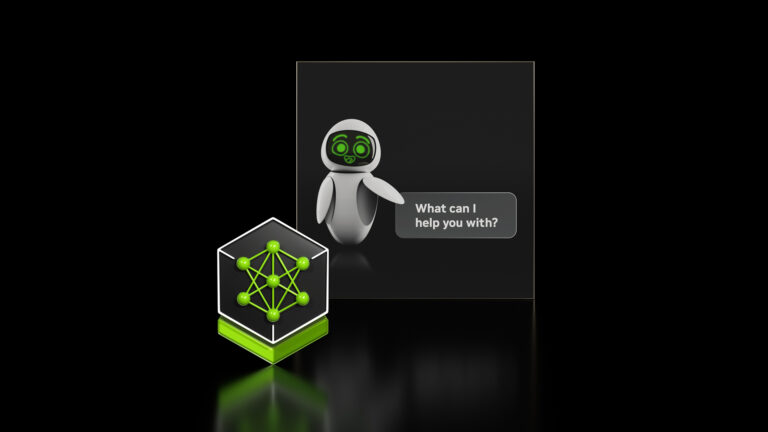
In today��s fast-paced business environment, providing exceptional customer service is no longer just a nice-to-have��it��s a necessity. Whether addressing technical issues, resolving billing questions, or providing service updates, customers expect quick, accurate, and personalized responses at their convenience. However, achieving this level of service comes with significant challenges.
]]> ]]>
]]>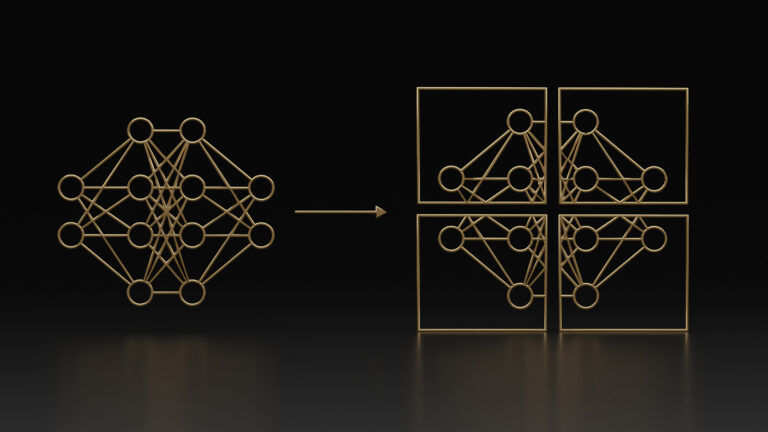
Generative AI has the ability to create entirely new content that traditional machine learning (ML) methods struggle to produce. In the field of natural language processing (NLP), the advent of large language models (LLMs) specifically has led to many innovative and creative AI use cases. These include customer support chatbots, voice assistants, text summarization and translation��
]]>
Today, IBM released the third generation of IBM Granite, a collection of open language models and complementary tools. Prior generations of Granite focused on domain-specific use cases; the latest IBM Granite models meet or exceed the performance of leading similarly sized open models across both academic and enterprise benchmarks. The developer-friendly Granite 3.0 generative AI models are��
]]>
Some of Africa��s most resource-constrained farmers are gaining access to on-demand, AI-powered advice through a multimodal chatbot that gives detailed recommendations about how to increase yields or fight common pests and crop diseases. Since February, farmers in the East African nation of Malawi have had access to the chatbot, named UlangiziAI, through WhatsApp on mobile phones.
]]>
Many of the most exciting applications of large language models (LLMs), such as interactive speech bots, coding co-pilots, and search, need to begin responding to user queries quickly to deliver positive user experiences. The time that it takes for an LLM to ingest a user prompt (and context, which can be sizable) and begin outputting a response is called time to first token (TTFT).
]]>
The new model by Mistral excels at a variety of complex tasks including text summarization, multilingual translation and reasoning, programming, question and answering, and conversational AI.
]]>
Complimentary trainings on OpenUSD, Digital Humans, LLMs and more with hands-on labs for Full Conference and Experience attendees.
]]>
Experience and test Llama3-ChatQA models at scale with performance optimized NVIDIA NIM inference microservice using the NVIDIA API catalog.
]]>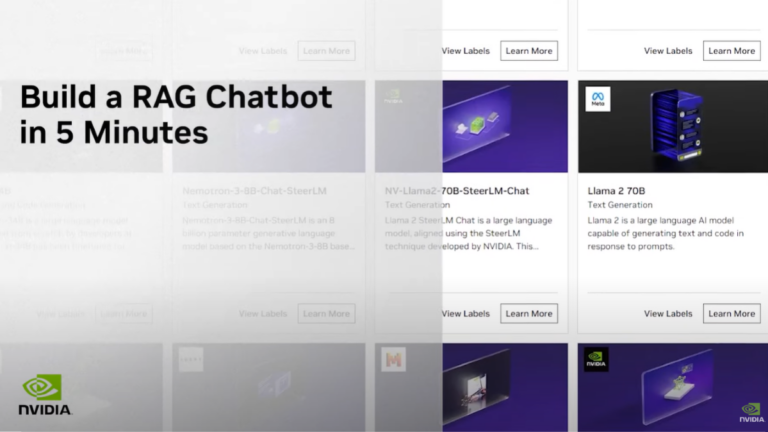
Retrieval-augmented generation (RAG) is exploding in popularity as a technique for boosting large language model (LLM) application performance. From highly accurate question-answering AI chatbots to code-generation copilots, organizations across industries are exploring how RAG can help optimize processes. According to State of AI in Financial Services: 2024 Trends, 55%
]]>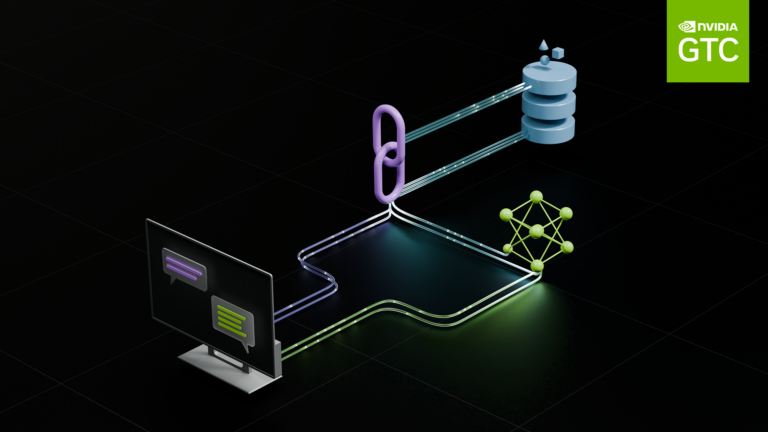
Join us in-person or virtually and learn about the power of RAG with insights and best practices from experts at NVIDIA, visionary CEOs, data scientists, and others.
]]>
The telecommunication industry has seen a proliferation of AI-powered technologies in recent years, with speech recognition and translation leading the charge. Multi-lingual AI virtual assistants, digital humans, chatbots, agent assists, and audio transcription are technologies that are revolutionizing the telco industry. Businesses are implementing AI in call centers to address incoming requests��
]]>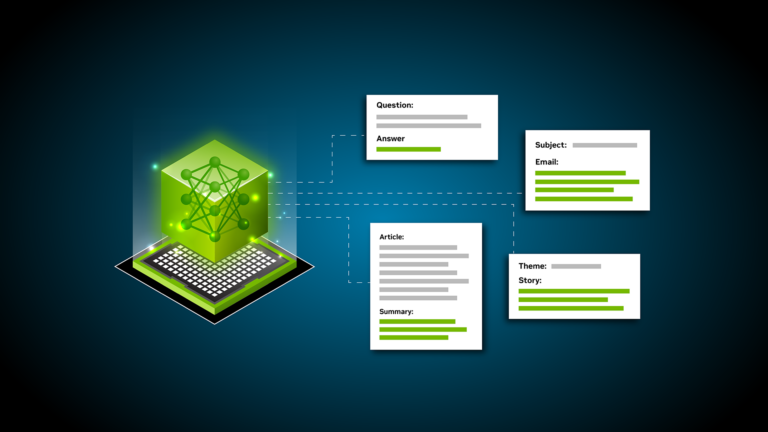
ChatGPT has made quite an impression. Users are excited to use the AI chatbot to ask questions, write poems, imbue a persona for interaction, act as a personal assistant, and more. Large language models (LLMs) power ChatGPT, and these models are the topic of this post. Before considering LLMs more carefully, we would first like to establish what a language model does. A language model gives��
]]>
Transformers are one of the most influential AI model architectures today and are shaping the direction of future AI R&D. First invented as a tool for natural language processing (NLP), transformers are now used in almost every AI task, including computer vision, automatic speech recognition, molecular structure classification, and financial data processing. In Korea��
]]>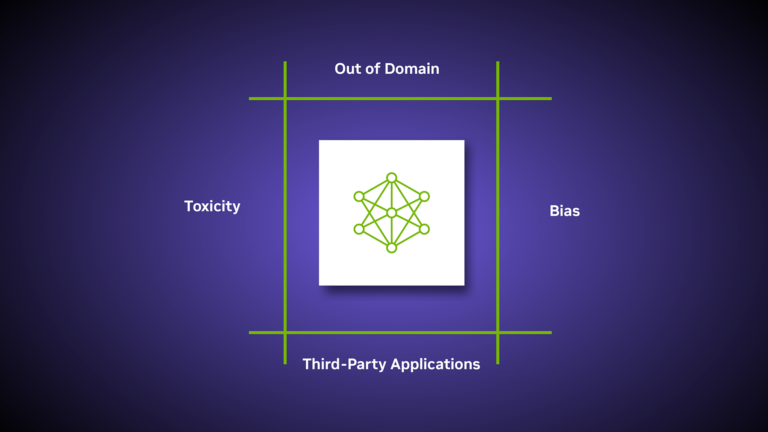
Large language models (LLMs) are incredibly powerful and capable of answering complex questions, performing feats of creative writing, developing, debugging source code, and so much more. You can build incredibly sophisticated LLM applications by connecting them to external tools, for example reading data from a real-time source, or enabling an LLM to decide what action to take given a user��s��
]]>
Last August, I wrote a post about GTC that asked, ��What if you could spend 8 hours with an AI legend while getting hands-on experience using some of the most advanced GPU and DPU technology available?�� My point still stands: This is exactly why you should attend training at GTC. The virtual conference offers hands-on workshops and training labs to deepen your skills in the areas of AI, HPC��
]]>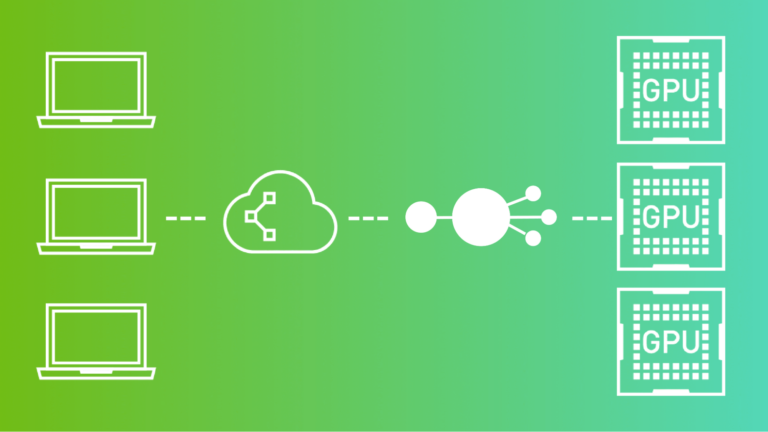
Speech AI applications, from call centers to virtual assistants, rely heavily on automatic speech recognition (ASR) and text-to-speech (TTS). ASR can process the audio signal and transcribe the audio to text. Speech synthesis or TTS can generate high-quality, natural-sounding audio from the text in real time. The challenge of Speech AI is to achieve high accuracy and meet the latency requirements��
]]>
If you��ve used a chatbot, predictive text to finish a thought in an email, or pressed ��0�� to speak to an operator, you��ve come across natural language processing (NLP). As more enterprises adopt NLP, the sub-field is developing beyond those popular use cases of machine-human communication to machines interpreting both human and non-human language. This creates an exciting opportunity for��
]]>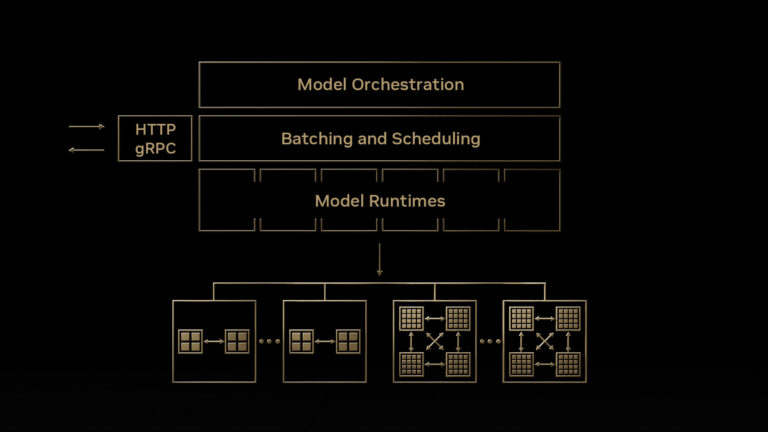
Deploying AI models in production to meet the performance and scalability requirements of the AI-driven application while keeping the infrastructure costs low is a daunting task. Join the NVIDIA Triton and NVIDIA TensorRT community to stay current on the latest product updates, bug fixes, content, best practices, and more. This post provides you with a high-level overview of AI��
]]>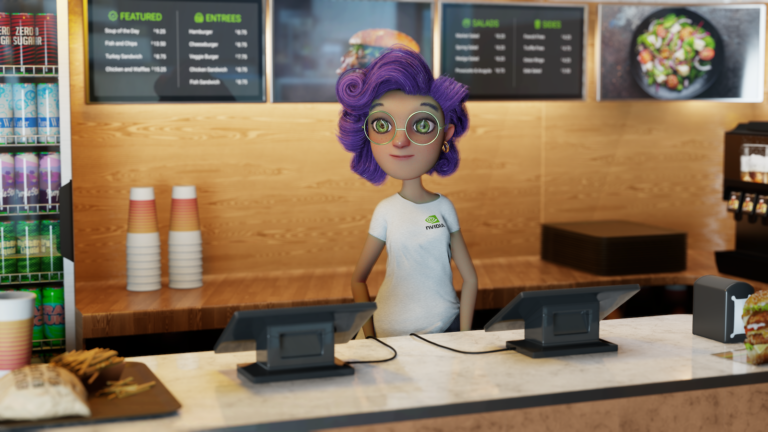
Explore the AI technology powering Violet, the interactive avatar showcased this week in the NVIDIA GTC 2022 keynote. Learn new details about NVIDIA Omniverse Avatar Cloud Engine (ACE), a collection of cloud-native AI microservices for faster, easier deployment of interactive avatars, and NVIDIA Tokkio, a domain-specific AI reference application that leverages Omniverse ACE for creating fully��
]]>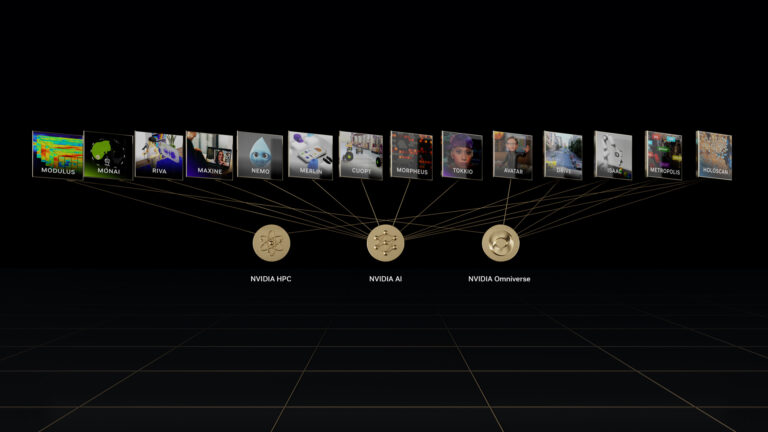
At GTC 2022, NVIDIA introduced enhancements to AI frameworks for building real-time speech AI applications, designing high-performing recommenders at scale, applying AI to cybersecurity challenges, creating AI-powered medical devices, and more. Showcased real-world, end-to-end AI frameworks highlighted the customers and partners leading the way in their industries and domains.
]]>
Automatic speech recognition (ASR) is becoming part of everyday life, from interacting with digital assistants to dictating text messages. ASR research continues to progress, thanks to recent advances: This post first introduces common ASR applications and then features two startups exploring unique applications of ASR as a core product capability. Sign up for the latest Data��
]]>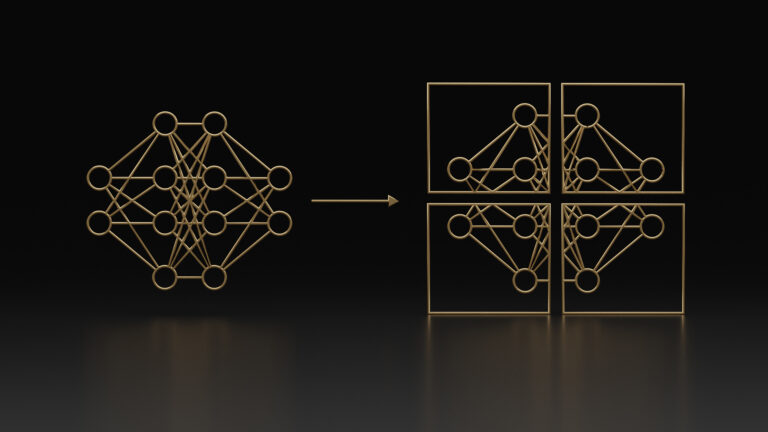
As the size and complexity of large language models (LLMs) continue to grow, NVIDIA is today announcing updates to the NeMo framework that provide training speed-ups of up to 30%. These updates�Cwhich include two trailblazing techniques and a hyperparameter tool to optimize and scale training of LLMs on any number of GPUs�Coffer new capabilities to train and deploy models using the NVIDIA AI��
]]>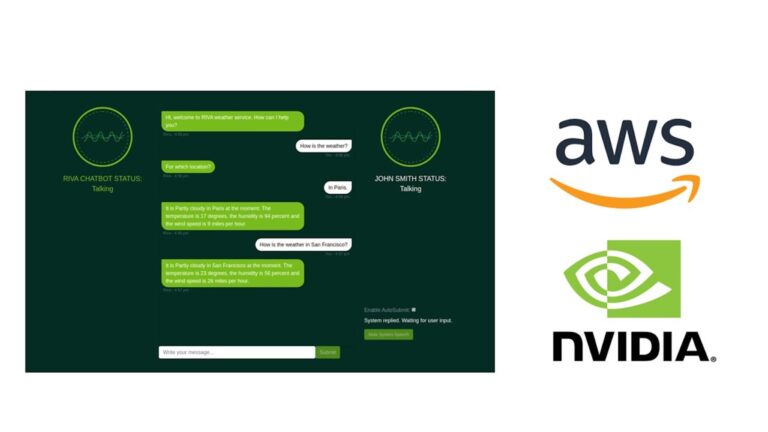
Speech AI can assist human agents in contact centers, power virtual assistants and digital avatars, generate live captioning in video conferencing, and much more. Under the hood, these voice-based technologies orchestrate a network of automatic speech recognition (ASR) and text-to-speech (TTS) pipelines to deliver intelligent, real-time responses. Sign up for the latest Data Science news.
]]>
Speech AI is the technology that makes it possible to communicate with computer systems using your voice. Commanding an in-car assistant or handling a smart home device? An AI-enabled voice interface helps you interact with devices without having to type or tap on a screen. Sign up for the latest Data Science news. Get the latest announcements, notebooks, hands-on tutorials, events��
]]>
Artificial intelligence (AI) has transformed synthesized speech from monotone robocalls and decades-old GPS navigation systems to the polished tone of virtual assistants in smartphones and smart speakers. It has never been so easy for organizations to use customized state-of-the-art speech AI technology for their specific industries and domains. Speech AI is being used to power virtual��
]]>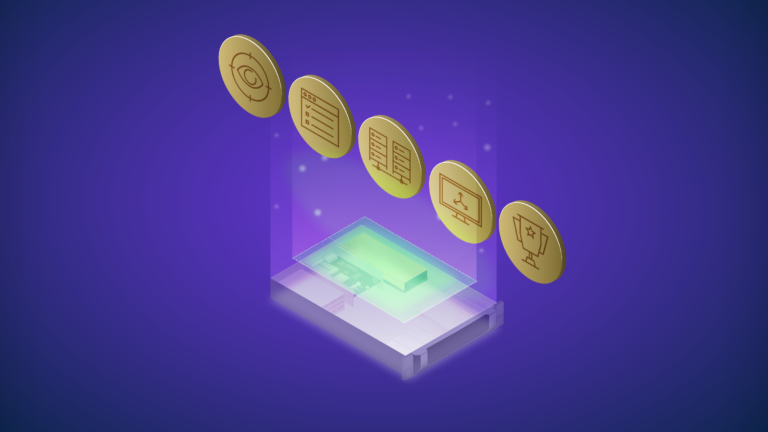
The demand for edge computing is higher than ever, driven by the pandemic, the need for more efficient business processes, as well as key advances in the Internet of Things (IoT), 5G, and AI. In a study published by IBM in May 2021, 94% of surveyed executives said that their organizations will implement edge computing in the next 5 years. Edge AI, the combination of edge computing and AI��
]]>
AI adoption has grown rapidly over the past few years due to its ability to automate repetitive tasks and increase revenue opportunities. Yet many companies still struggle with how to meaningfully scale AI in financial services. Increased data needs and a lack of internal talent are a few issues. In this post, we provide a landscape overview of AI use cases and highlight some key scaling��
]]>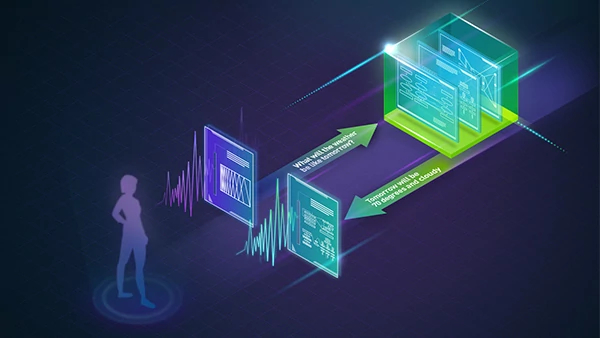
This past year, NVIDIA announced several major breakthroughs in conversational AI for building and deploying automatic speech recognition (ASR), natural language processing (NLP), and text-to-speech (TTS) applications. To get developers started with some quick examples in a cloud GPU-accelerated environment, NVIDIA Deep Learning Institute (DLI) is offering three fast, free, self-paced courses.
]]>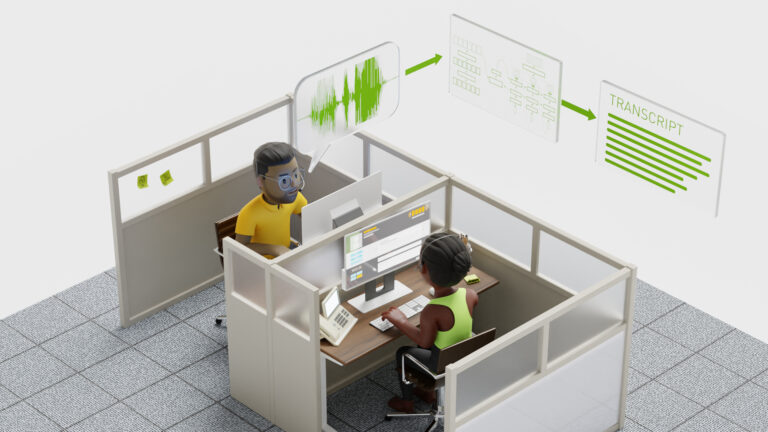
This month, NVIDIA released world-class speech-to-text models for Spanish, German, and Russian in Riva, powering enterprises to deploy speech AI applications globally. In addition, enterprises can now create expressive speech interfaces using Riva��s customizable text-to-speech pipeline. NVIDIA Riva is a GPU-accelerated speech AI SDK for developing real-time applications like live captioning��
]]>
Today, AWS announced the general availability of the new Amazon EC2 G5 instances, powered by NVIDIA A10G Tensor Core GPUs. These instances are designed for the most demanding graphics-intensive applications, as well as machine learning inference and training simple to moderately complex machine learning models on the AWS cloud. The new EC2 G5 instances feature up to eight NVIDIA A10G Tensor��
]]>
We have been pursuing the creation of digital humans for years. Traditionally, digital humans have been widely used in media and entertainment, from video game characters to CGI characters in movies. But the process to create a digital human is extremely labor-intensive and manual. It requires hundreds of domain experts such as artists, programmers, and technical artists. Plus��
]]>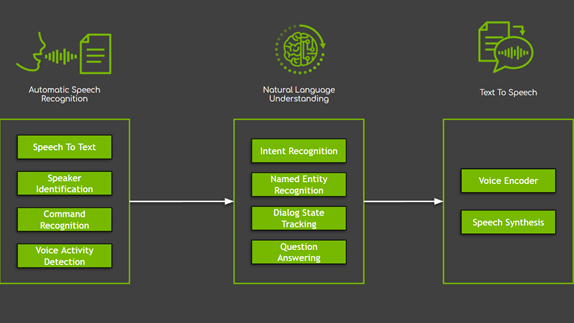
Sign up for the latest Speech AI news from NVIDIA. Conversational AI is a set of technologies enabling human-like interactions between humans and devices based on the most natural interfaces for us: speech and natural language. Systems based on conversational AI can understand commands by recognizing speech and text, translating on-the-fly between different languages��
]]>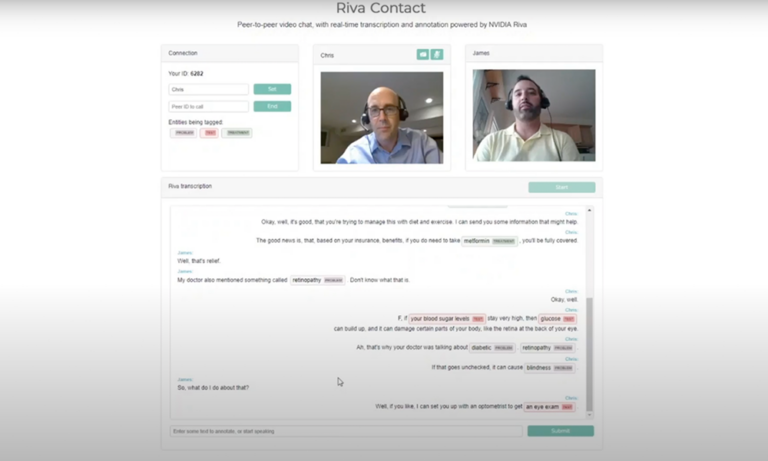
In the past several months, many of us have grown accustomed to seeing our doctors over a video call. It��s certainly convenient, but after the call ends, those important pieces of advice from your doctor start to slip away. What was that new medication I needed to take? Were there any side effects to watch out for? Conversational AI can help in building an application to transcribe speech as��
]]>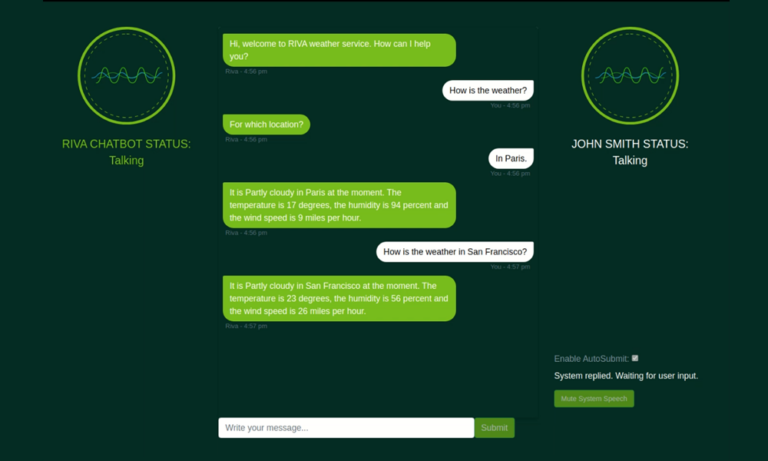
Sign up for the latest Speech AI news from NVIDIA. Virtual assistants have become part of our daily lives. We ask virtual assistants almost anything that we wonder about. In addition to providing convenience to our daily lives, virtual assistants are of tremendous help when it comes to enterprise applications. For example, we use online virtual agents to help navigate complex technical issues��
]]>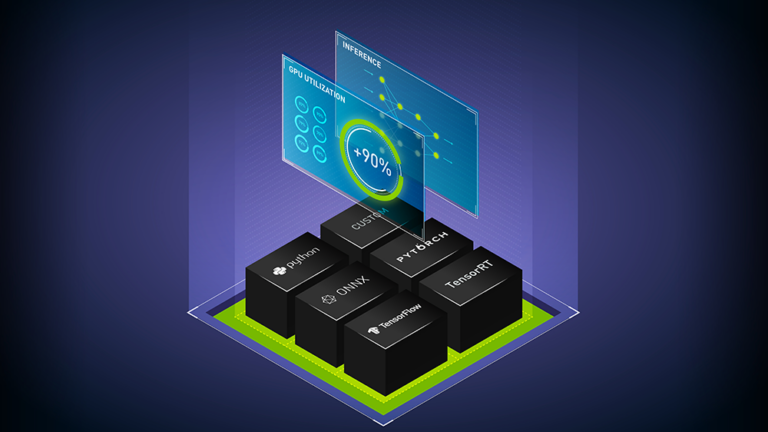
Join the NVIDIA Triton and NVIDIA TensorRT community to stay current on the latest product updates, bug fixes, content, best practices, and more. As of March 18, 2025, NVIDIA Triton Inference Server is now part of the NVIDIA Dynamo Platform and has been renamed to NVIDIA Dynamo Triton, accordingly. AI is a new way to write software and AI inference is running this software.
]]>
NVIDIA GTC is right around the corner! Join NVIDIA November 8-11, as we host sessions covering the latest breakthroughs in conversational AI, recommender systems, and video conferencing. Here��s a sneak peek at some of our top sessions: Conversational AI Demystified, and a Hands-on Walkthrough Presented by: NVIDIA and SVA System Vertrieb Alexander GmbH Thanks to new tools and��
]]>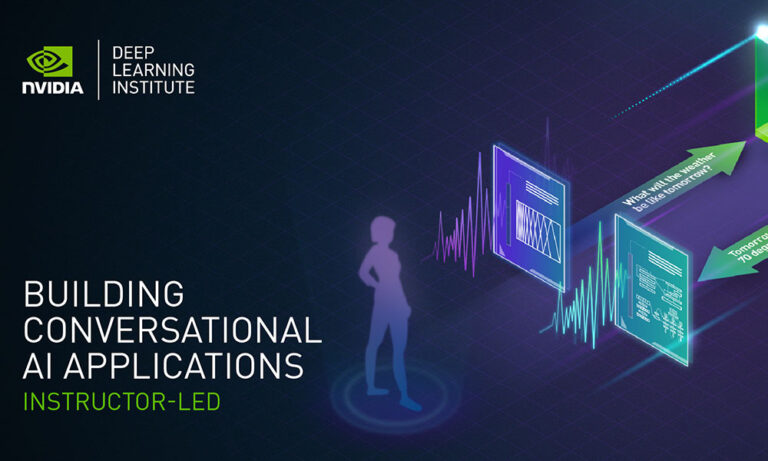
As the world continues to evolve and become more digital, conversational AI is increasingly used as a means for automation. This technology has been shown to improve customer experience and efficiency, across various industries and applications. The NVIDIA Deep Learning Institute is hosting a workshop on how to build a conversational AI service using the NVIDIA Riva framework.
]]>
DeepPavlov is an open-source framework for building chatbots and virtual assistants. It comes with a set of predefined components for solving Natural Language Processing (NLP) related problems and a framework for building a modular pipeline. This lets developers and NLP researchers create production-ready conversational skills and complex multi-skill conversational assistants.
]]>
A team of Emory University students won Amazon��s 2020 Alexa Socialbot Grand Challenge, a worldwide competition to create that most engaging AI chatbot. The team earned $500,000 for their chatbot named Emora. The researchers developed Emora as a social companion that can provide comfort and warmth to people interacting with Alexa-enabled devices. Emora can chat about movies, sports��
]]>
Hugging Face, the deep learning-based chatbot acts primarily as a digital friend allowing people to text back and forth, trade selfies and jokes as if it were a real friend. ��There are many people working on artificial intelligence for productivity or utility applications,�� co-founder and CEO Clement Delangue told TechCrunch. ��We��re building an AI so that you��re having fun talking with it.
]]>
Computers lack empathy, but researchers from China are looking to change that with their deep learning-based chatbot capable of assessing the emotional content of a conversation and responding accordingly. The work opens the door to a new generation of chatbots that are emotionally aware. ��To the best of our knowledge, this is the first work addressing the emotion factor in large-scale��
]]>
A new bot called Wonder will remember anything you want, and then return the information you need via a text message. Once you enter your phone number on the Wonder website, the bot will send you a text explaining how it works �C and then you just reply back with the information you want it to store. Using CUDA and GPUs in the Amazon cloud to train the deep learning models, the bot is able to��
]]>